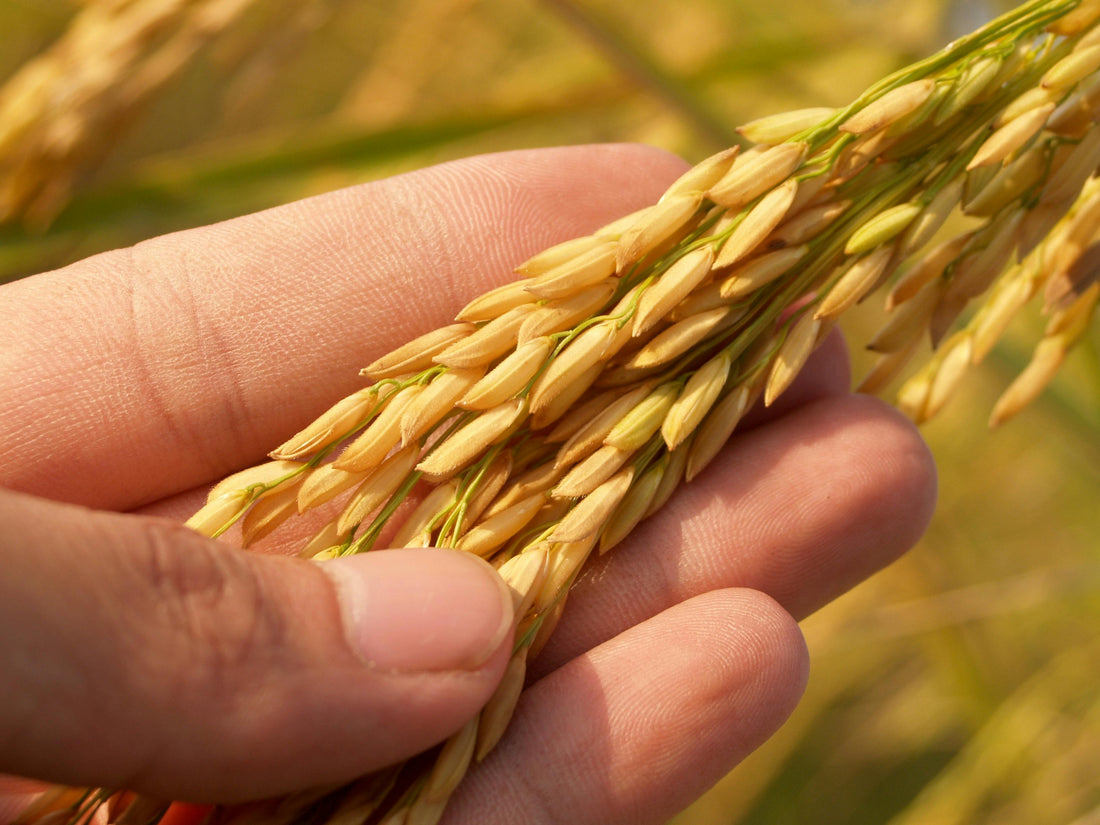
Amylose vs Amylopectin: What Befach Rice Teaches
Share
Ever wondered why some rice is fluffy and separate while others are sticky and soft? The answer lies in two starch molecules: amylose and amylopectin. At Befach, we believe that understanding this science helps families make smarter choices about the rice they eat.
What is Amylose?
Amylose is a linear starch molecule that resists gelatinization. Rice with higher amylose content (20–30%) tends to be:
- Fluffier and less sticky
- Slower to digest (lower glycemic index)
- Better for diabetics and weight management
What is Amylopectin?
Amylopectin is a branched starch molecule that gelatinizes easily. Rice with higher amylopectin content (like sticky rice) tends to be:
- Softer and stickier
- Quickly digested (higher glycemic index)
- Ideal for sushi, desserts, and porridges
Amylose vs Amylopectin: The Balance
| Property | High Amylose Rice | High Amylopectin Rice |
|---|---|---|
| Texture | Fluffy, separate grains | Sticky, soft grains |
| Digestibility | Slower, low GI | Faster, high GI |
| Best For | Daily meals, diabetics, weight control | Sushi, desserts, porridges |
Why This Matters for Families
Choosing the right rice isn’t just about taste—it’s about health. Families looking for nutritional benefits may prefer high-amylose rice, while those seeking culinary versatility may opt for amylopectin-rich varieties.
How Befach Ensures Quality
At Befach, we provide rice varieties that balance taste and nutrition, while ensuring compliance with FSSAI food safety standards. Our services include:
- Sourcing premium rice varieties
- Logistics for timely delivery
- Customs clearance for imported rice
- Consultation for families and distributors
Quick Summary
Amylose makes rice fluffy and low-GI, while amylopectin makes it sticky and quick to digest. With Befach Rice, families can choose the right balance of taste and nutrition, backed by FSSAI standards and Befach’s sourcing, logistics, and clearance expertise.
